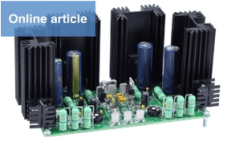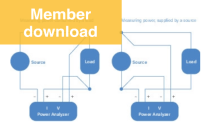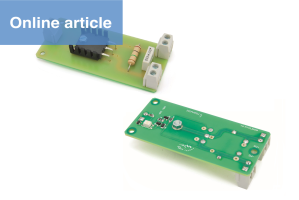Interested in power electronics and energy-related technologies? This page features news, articles, projects, and links from Elektor on topics such as SiC technology, power transistors, measuring devices, solar technology, inductive charging, inverters, electric cars, laboratory and switching power supplies, e-bikes, GAN semiconductors, batteries and charging technology, semiconductor production, and much more. In addition to the latest news from the industry, Elektor's engineers and editors highlight articles on key topics as well as specific circuits and suggestions. We offer links to select Elektor articles that will make it easy for you to browse through our enormous archive. Elektor has been collecting of electronics-related projects, tutorials, and insights for more than 60 years. Use this page to immerse yourself in the world of power electronics!
ElektorMag Jan/Feb 2025: Power & Energy
In this project-packed edition of ElektorMag, we tackle the following topics and more: learn to build an energy storage solution for a PV solar array; reduce power dissipation with dropping capacitors; test and optimize MPP trackers and inverters; construct a notebook power bank; update the AmpVolt to measure up to 70 V and 100 A. In addition to power-related articles, we also cover subjects such as EMC compatibility, medical robots, and creating applications with the Elektor Audio DSP FX Processor Board. Check out the magazine!
Bonus Content
Download the free Power & Energy bonus edition from Elektor! Inside, we cover a mains power outage monitor, speed control of a brushed DC motor, mercury rectifiers, and more. The edition will be available for download on or around January 17, 2025!
























